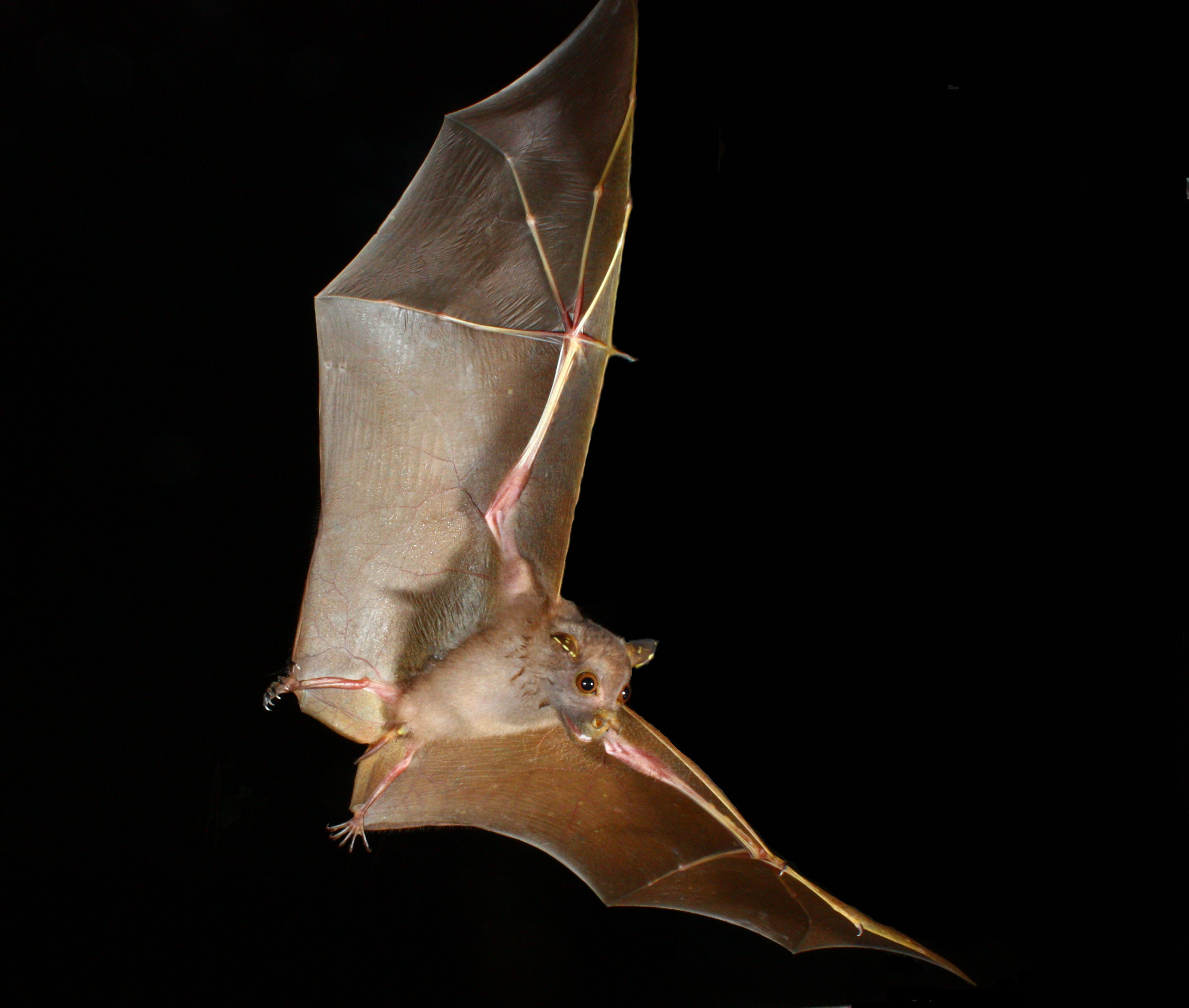The Eastern tube-nosed bat
Tube-nosed bats are some of the strangest looking bats you might find, but in a weird way they are also some of the most endearing!

The Queensland or Eastern tube-nosed bat, Nyctimene robinsoni, is a megabat in the family Pteropodidae that lives in northeastern Australia. As its name suggests, these bats have long tubular nostrils. Scientists are not really sure why these tubes evolved but they have several theories as to what purpose they serve.
Eastern tube-nosed bats eat mainly fruit and nectar from the rainforest canopy. Some scientists believe that their tube-like nostrils to help the bats breath, like a snorkel, when they are eating a juicy fruit! Other theories include roles in olfaction, acting like stereo nostrils, allowing the bat to home in on a piece fruit in the rainforest understory.
Tube-nosed bats that live in rainforest habitat often have a green tinge to their wings or fur, which helps keep them hidden in foliage during the day. Eastern tube-nosed bats are a rich brown colour, with a greyish head. Unlike other fruit bats, they prefer to roost alone in thick vegetation. Their sparse yellow to green spots on their wings and ears helps to camouflage them when they wrap themselves in their wings.
https://www.youtube.com/watch?v=zZOl_eVhQYY
At night they fly rapidly and with great maneuverability just above or below the forest canopy, making a distinctive, high-pitched whistling call. Mating occurs from July to September and a single young is born after a gestation period of 3-3.5 months.
This species is moderately common in the northern part of their range in Queensland, but is listed as vulnerable New South Wales.


